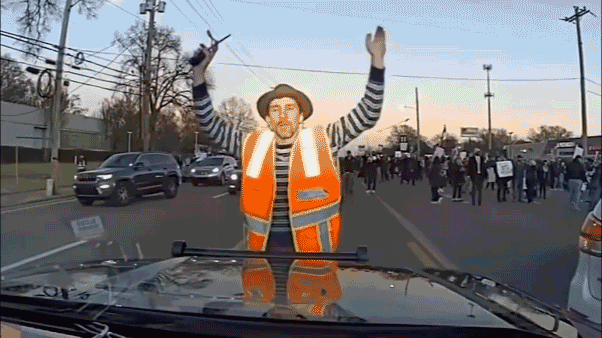Bret Baier interviews Ohio voters for inaugural Common Ground podcast
Two Ohio voters with disparate views find commonality in 'Special Report' anchor's first podcast episode.
The Ohio Supreme Court overturned a man's attempted aggravated murder conviction because authorities waited too long to charge him.
Justices determined authorities waited too long to charge Ralph Bortree with attacking a woman 26 years ago, ruling that the timeline for charging suspects with attempted aggravated murder runs out six years after the crime.
Bortree was arrested in 2019 and charged with attempted aggravated murder in the 1993 attack on a 19-year-old woman. She was abducted, raped and left for dead in Logan County.
Bortree stalked the victim and kidnapped her at gunpoint before sexually assaulting her, prosecutors said.
"The only reason that she’s alive is because he barely, by millimeters, missed hitting her carotid artery," Logan County Prosecutor Eric Stewart said.

Ralph Bortree was charged 26 years after brutally attacking a 19-year-old woman in Ohio. (Ohio Department of Rehabilitation and Correction)
Bortree was convicted in 2020 and sentenced to 11 years in prison. The Third Ohio District Court of Appeals upheld the conviction and Bortree appealed to the state high court.
In his opinion, state Supreme Court Justice Michael Donnelly said Ohio law is clear that the statute of limitations for attempted aggravated murder runs out after six years. He said the Bortree case resulted in "a grave injustice."
Stewart argued before the court that there is no statute of limitations in Ohio for the crimes of aggravated murder or murder, and those sections of Ohio law include attempts of such crimes.
CLICK HERE TO GET THE FOX NEWS APP
"Our office, the investigators and the victims are very disappointed in the decision," he said.
James Tyack, Bortree’s attorney, successfully argued authorities waited too long to charge his client, saying the state doesn't specifically limit the timeline for attempted aggravated murder or attempted murder.
Bortree was linked to the attack through genetic genealogy, in which relatives of a suspect are traced by uploading the suspect’s DNA to public genealogy sites.
The Associated Press contributed to this report.










































